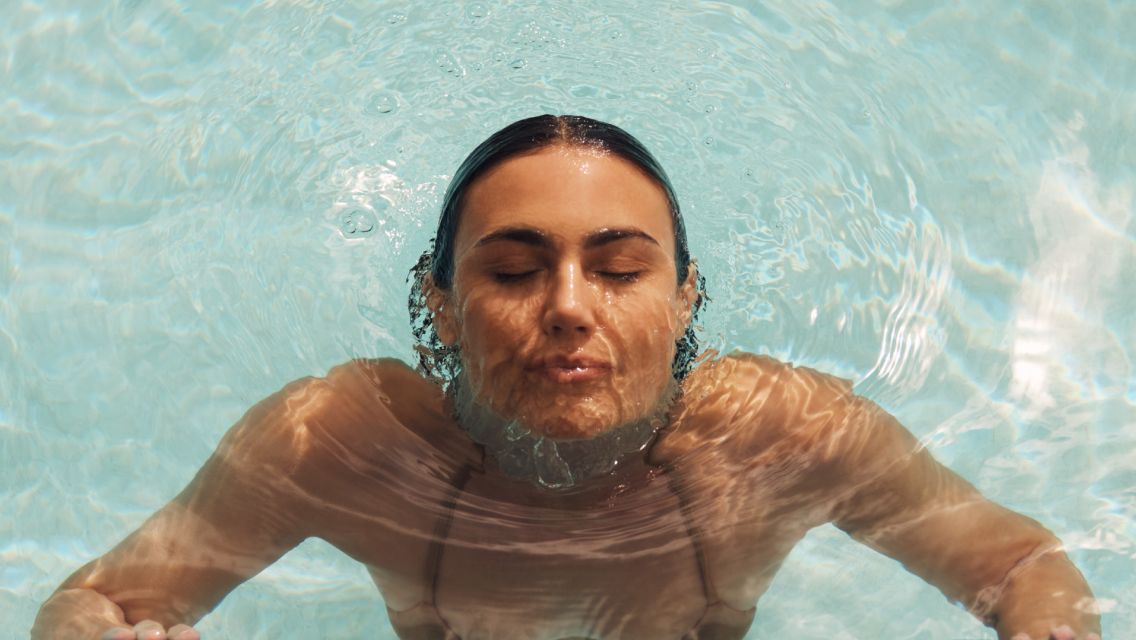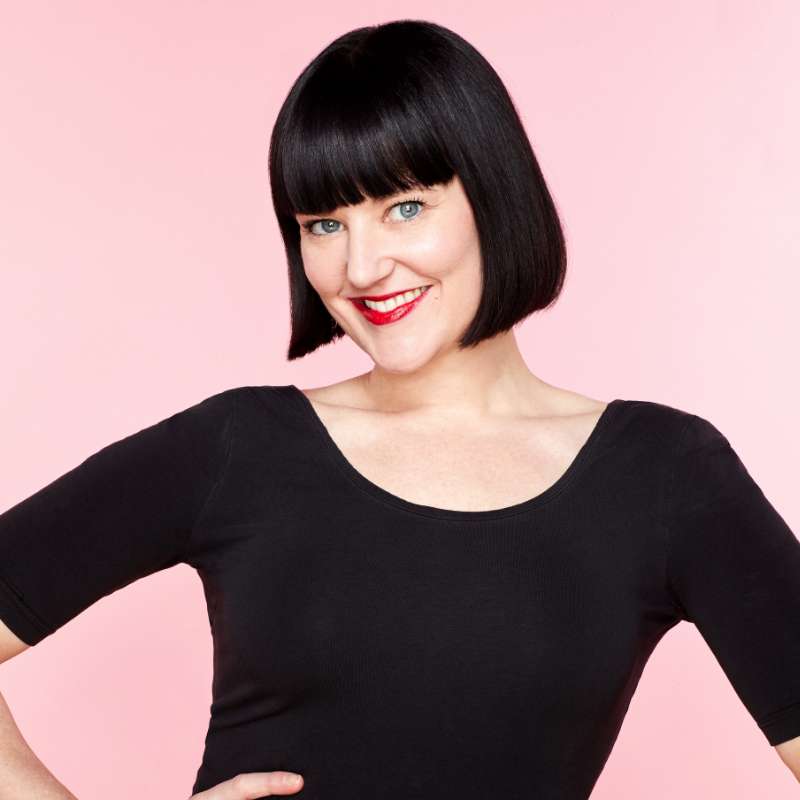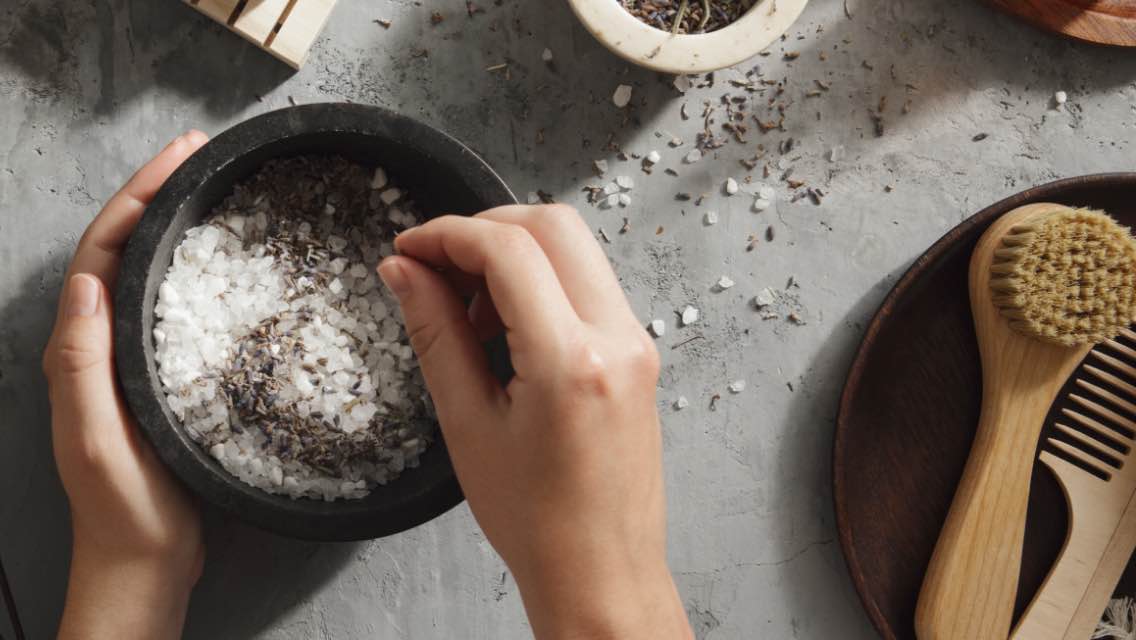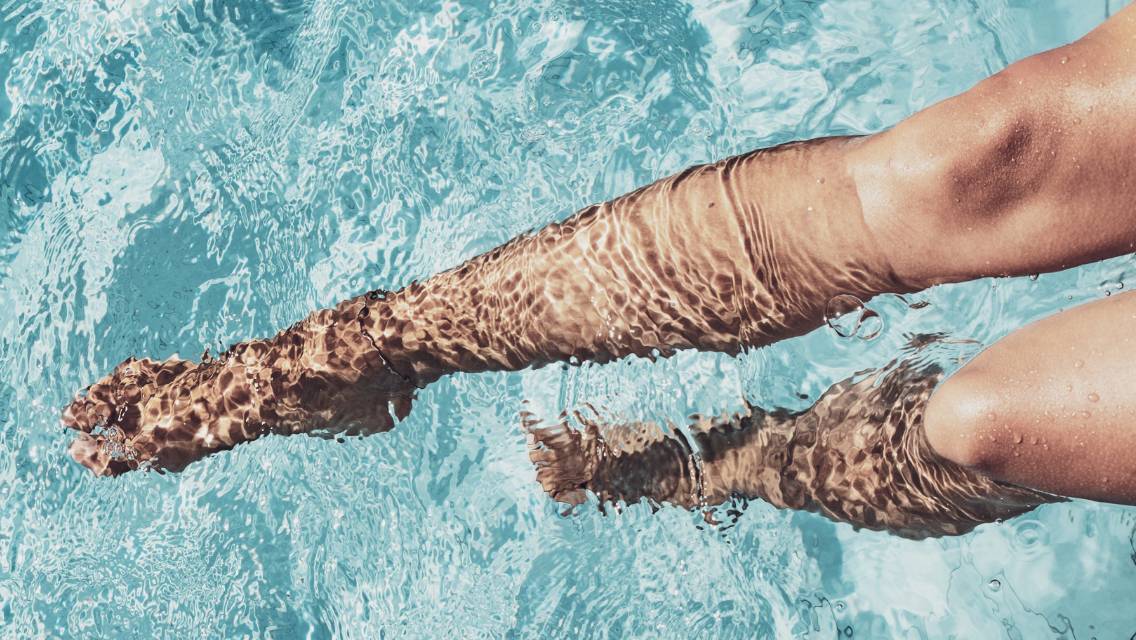If you’re anything like me, you’re likely to find yourself at the pool for a cool dip and a little exercise when the summer heat is in full swing. This refreshing experience is near-perfect, except for one unfavorable factor: the negative effects chlorinated water can have on your hair post-plunge.
Chlorine is a disinfectant used to clean drinking water and swimming pools. While we love it for making swimming safe, the chemicals in it can cause hair dryness, weakening of the hair shaft, strand breakage, hair loss, and change in color to treated and non-treated hair.
“Chlorine ‘eats’ the hair,” explains David Howard LaSalle, men’s cutting specialist at the LifeSpa at Life Time River North at One Chicago in Chicago $100 loan today . “When hair is looking its most beautiful, it means it has a healthy pH balance level. Chlorine is one of the biggest culprits to a healthy pH balance, and when that’s disrupted, it causes the hair to react in ways we don’t want. Once chlorine buildup begins — which can happen with just one swim — the vibrancy and strength of the hair is immediately compromised.”
You don’t have to let this sidetrack your summer swims, though: Our LifeSpa hair-care experts offer tips for what you can do to help protect your hair from the effects of chlorine.
Prepare Your Hair for the Pool
“The first thing I tell my pool-loving clients is to be proactive and get ahead of any issues before they hop in the water,” LaSalle says. “To prevent damage, coat your hair with a thick, protein-rich conditioner — either a leave-in or rinse-out conditioner will do — and then wear a swim cap while in the pool. This offers two barriers, the conditioner and the cap, which greatly reduces the chance and amount of chemical penetrating into the hair.”
Kyra Scheeringa, a textured hair specialist who’s also based at the LifeSpa at Life Time River North at One Chicago, points out that a conditioner coating is especially important for textured hair. “Curly and wavy hair is already on the dryer side because of the ways the cuticles are bent — they are open” she says. “This openness allows for more absorption opportunities, making prepping textured hair with a conditioner a must.”
Fine and smooth hair isn’t off the hook from protection, though; it can also get damaged, just at a different pace. The damage will likely show more in fine hair because it doesn’t have the twists to hide dryness and breakage.
Cleanse When You’re Done with Your Dip
When you’re done in the pool and want to style your hair quickly and with ease, Scheeringa advises washing your hair with a clarifying shampoo right after your swim. Clarifying shampoos remove product and mineral buildup, making them ideal for also removing chlorine. The hair will then be bare and fresh to style.
Scheeringa recommends clarifying shampoos mainly for textured hair because, in her experience, she often sees people with curly and wavy hair already having buildup from using a lot of styling products. That buildup, in addition to the chlorine, will benefit from a cleanse.
Right after the shampoo, Scheeringa says to use a conditioning hair masque to restore protein and moisture balance back into the hair. Rinse out the masque before styling.
Be advised that if you have color-treated hair, you want to stick to using a color-safe shampoo since hair color is a chemical service and will be prone to removal with use of a clarifying shampoo.
For other hair types, LaSalle recommends against shampooing altogether immediately post-swim because it will further open the hair cuticle, making it even more susceptible to damage. He instead suggests a thorough rinse with cool water, followed up with a rinsible hair masque.
Consider the Timing of Your Last Service
Nikki Gnatzig, a blonding specialist at LifeSpa at Life Time in Brookfield, Wis., stresses that anyone who has just had a new color service think twice before dunking their head underwater.
“You paid a lot of money for a gorgeous new color and/or gloss, and you want to protect that investment,” Gnatzig says. “Chlorine paired with UV radiation from the sun can not only fade your color, but it also causes damage to hair proteins. It’s best to keep your hair out of chlorine after it’s been freshly colored because your hair is more porous than usual following a service and will absorb any chemicals it comes in contact with.”
Gnatzig says that while it’s never “safe” to put lightened hair directly in chlorinated water, if it’s a must, then give the hair at least a week after a color service. “With proper at-home care after a lightening or color service, the hair has time to balance out in that week, and will not be as porous as it is after a fresh chemical service,” Gnatzig says.
Have a Backup Plan
If you find yourself at a pool party without a swim cap and/or conditioner on hand, LaSalle says there are a couple quick things you can do to protect your hair.
“First, get your hair wet with regular, cool water to help seal the hair cuticles — chlorine will have less of a chance to be absorbed into the hair,” LaSalle suggests. “Then, if you have sunscreen, run some through your hair as well to help protect it.” (Learn how to pick a safe sunscreen here: “Which Sunscreen is Right for You?”)
Don’t Skip After-Care
“Once you’re back from a vacation or done with a season of increased chlorine exposure, I recommend scheduling a demineralizing treatment to remove any and all buildup,” Gnatzig says. “And if your hair is consistently in pool water throughout the year, work with your stylist to create a plan for regular treatments that will be customized to what your specific hair needs.”
Gnatzig adds: “I also highly recommend anyone who has damage come in for a K18Peptide™ salon service because this product is a game-changer. It reconnects broken polypeptide chains and can help reverse damage caused by chlorine oxidization to restore the hair’s strength and elasticity.”





